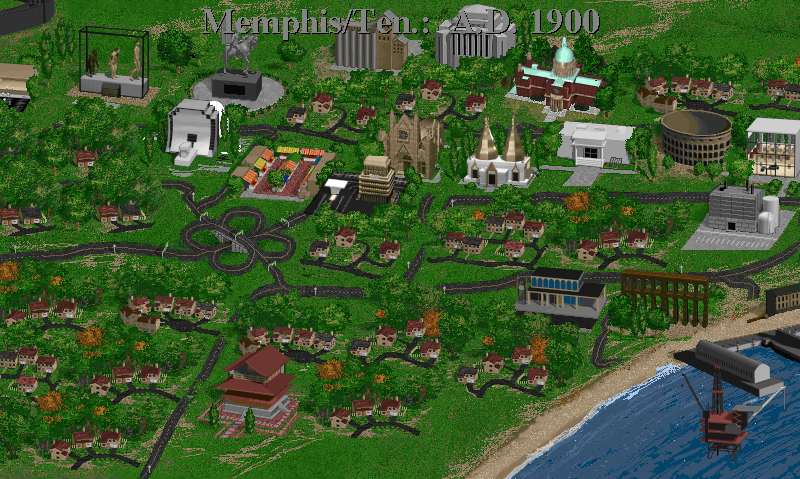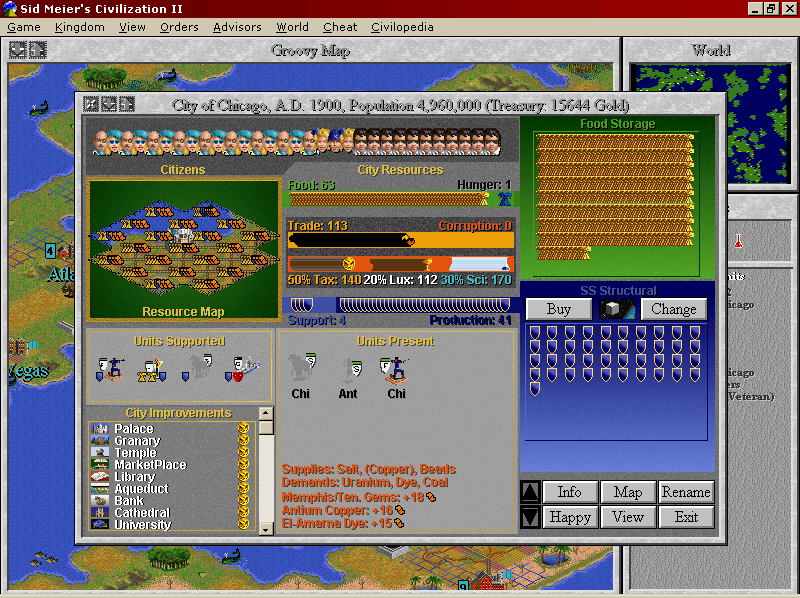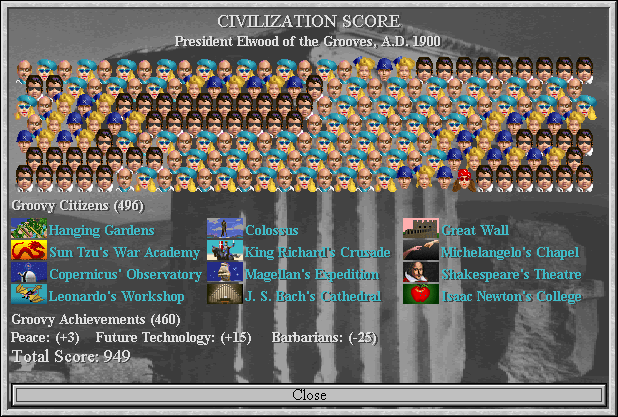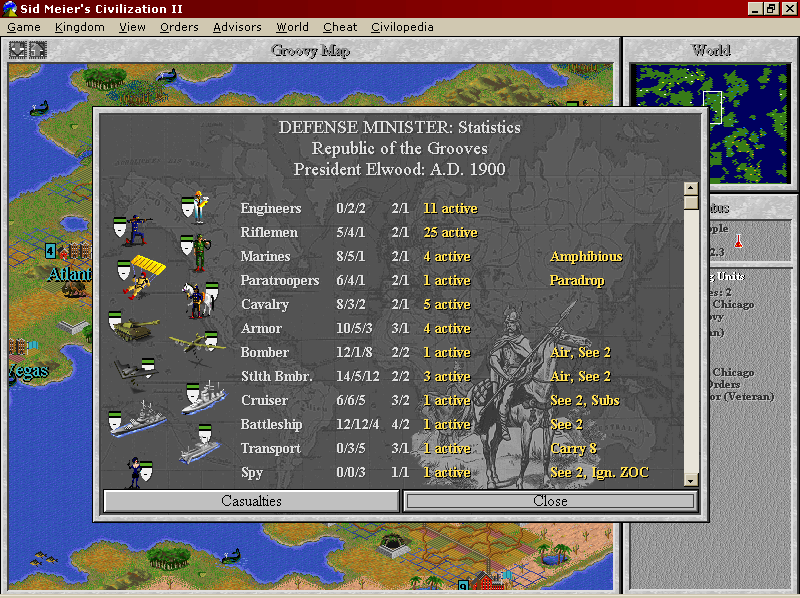Civilization II (1996-)
Buy Civilization II
Click one of the Ebay or Amazon buttons below to check the latest prices and purchase Civilization II for that particular platform.
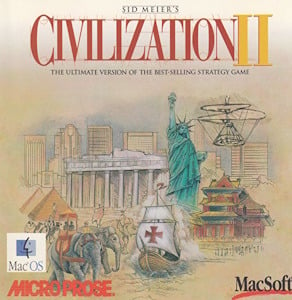
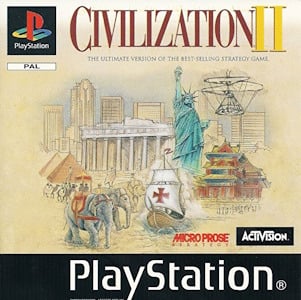
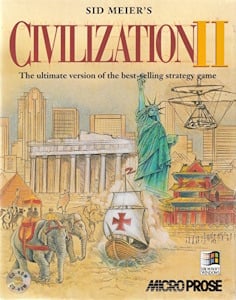
Civilization II, developed by MicroProse and released in 1996, was the eagerly awaited sequel to the groundbreaking Sid Meier’s Civilization. Building on the foundation of its predecessor, the game was designed by Brian Reynolds with contributions from Jeff Briggs and Douglas Kaufman. Published by MicroProse, Civilization II was originally released for Microsoft Windows, though later versions were made available for platforms such as PlayStation and Macintosh. The game marked a major evolution in the series, introducing an isometric graphical interface, deeper gameplay mechanics, and improved artificial intelligence.
At its core, Civilization II remained true to the "build an empire to stand the test of time" concept, allowing players to guide a civilization from 4000 BC into the space age. Players could choose from multiple civilizations, each competing to become the dominant global power through military conquest, scientific advancement, diplomacy, or even by launching a spaceship to Alpha Centauri. The shift from top-down to isometric graphics gave cities, units, and terrain a more vivid and detailed look, while the user interface became more intuitive, making the vast strategic options more accessible.
The soundtrack in Civilization II was more atmospheric than orchestral, with ambient background music that adjusted based on the era and player actions. While not as iconic as the music from later entries in the series, it provided a fitting backdrop for the hours of empire management and turn-based strategy. The game built directly on the legacy of the first Civilization, and although not billed as a "Sid Meier" title on the box (due to a shift in credits and company politics), it was clearly seen by fans and critics alike as the spiritual continuation of his vision.
Civilization II was promoted primarily through PC gaming magazines, demos on cover disks, and word-of-mouth within strategy game communities. Its reception was overwhelmingly positive, with many critics declaring it one of the best strategy games ever made. The game went on to influence countless other titles and laid the groundwork for future Civilization sequels. Its staying power was such that it remained widely played for years after release, with fan-made scenarios, mods, and even long-running community projects keeping it alive well into the 2000s.
Key Features:
Isometric graphics and redesigned interface for more immersive gameplay
Expanded technology tree with more detailed advancements
Enhanced diplomacy options and city management systems
Multiple victory conditions including military, scientific, and space race
Custom scenario creation and modding support
Wide variety of civilizations with unique strengths and attributes
Images from MobyGames
Related Searches
Civilization II is available to purchase and download from a range of vendors. Always shop around...
Civilization II may be available to download as abandonware from one of the many sites that offer....
There are various sites out there that can offer cheat codes for games. Search now to find all available...
There are many sites out there that have collated and documented historic reviews of this game. Search now...
We don't host or link to rom sites for this game. However, there are many sites out there that may be...
The initial release date for Civilization II is stated as March 1996. Other ports of the game may have....
Civilization II is available to purchase and download from the link(s) shown further up this page....
There are multiple sites around the internet that offer visual guides to this game. Search now to find the....


